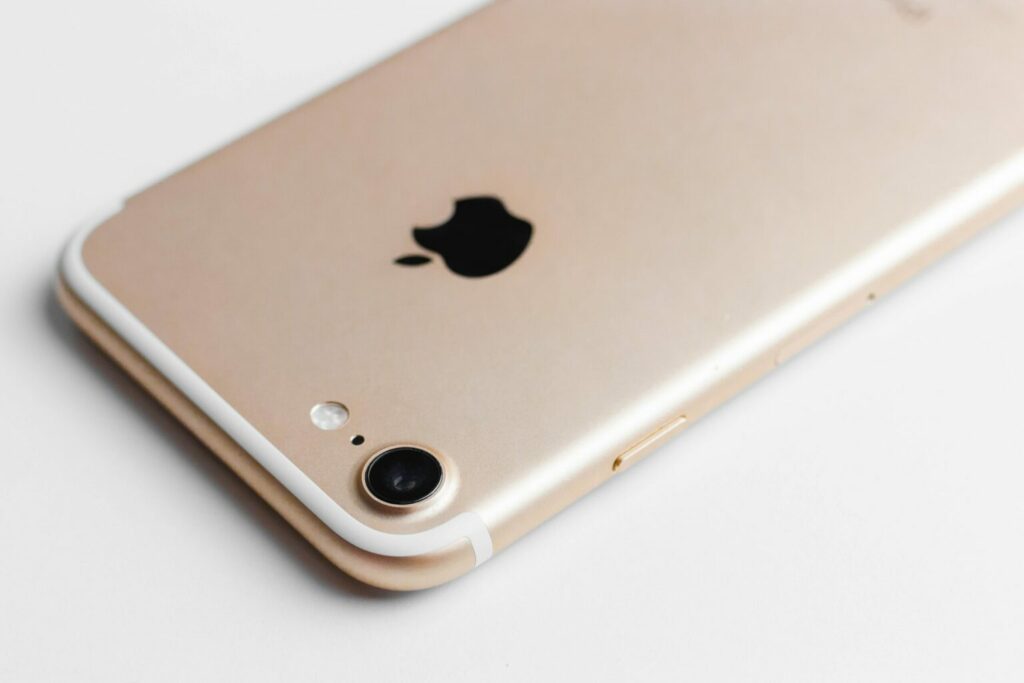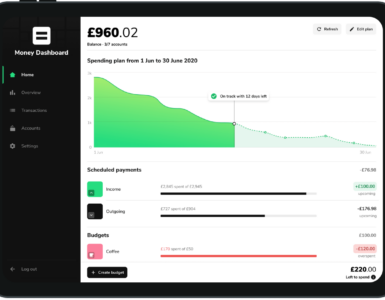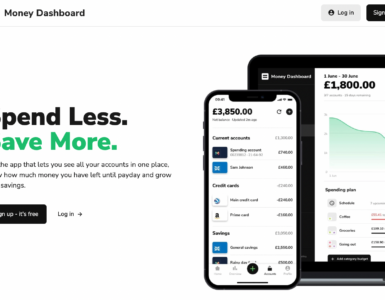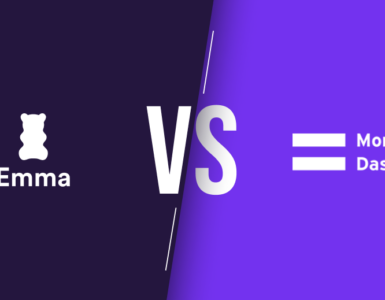An ISA (Individual Savings Account) lets you save tax-free into a savings or investment account. There are many different types of ISAs that you might come across, but the most common are Cash ISAs, Investment ISAs, Lifetime ISAs, and Junior ISAs.
This article will explain how each of these ISAs work, as well as the pros and cons of each, so you can decide which type of ISA is best for you.
1. Cash ISA:
First on our list of types of ISAs is a Cash ISA. A Cash ISA is similar to your everyday savings account, apart from two small differences.
The first difference is that there’s a limit on the amount of money you can save each tax year in a Cash ISA. In 2020-21 the most you can put into a Cash ISA is £20K.
The second difference is that the money you earn in interest in a Cash ISA is tax-free. This means unlike a normal savings account, you get to keep all the interest you earn.
There are three main types of Cash ISAs:
Instant Access Cash ISA:
This type of ISA is great if you want to start saving, but also think you might need quick and easy access to your money. Most Instant Access Cash ISAs will let you withdraw money without incurring any penalties or withdrawal fees.
Regular Savings Cash ISA :
This type of account lets you put away a regular amount of money each month, which is good if you don’t have a lump sum of money to save. Regular Savings Cash ISAs also come with higher rates of interest than Instant Access Cash ISAs, although in return you do need to commit to keeping up the monthly repayments.
Fixed Rate Cash ISA:
A Fixed Rate Cash ISA is great if you want to take full advantage of your Cash ISA allowance and are unlikely to need the money in the next few years. This type of ISA normally offers the highest interest rate out of all the cash ISAs.
Cash ISAs are a good option if you normally pay tax on your savings, but one downside is that unlike a normal savings account, you can only open and pay into one cash ISA each tax year. The interest rates on Cash ISAs are also not particularly high, so consider whether the tax free benefits of a Cash ISA are actually beneficial to you.
2. Investment ISA:
An Investment ISA, or a Stocks and Shares ISA, is a type of investment account. Any money you save in an Investment ISA gets invested in funds and other types of investments.
As with a Cash ISA, you can put up to £20K in a Stocks and Shares ISA each tax year. You can open a Cash ISA at the same time as an Investment ISA, but you’ll need to make sure your total contributions don’t exceed the £20K annual allowance.
The benefit of putting your money in an Investment ISA is that capital gains and income are free from tax. This type of investment is therefore perfect for anyone with a long-term outlook to saving money and anyone that’s unlikely to need access to the funds over the next five years.
To invest in a Stocks and Shares ISA you’ll first need to pick an investment platform. You can choose to open an ISA with a range of different platforms.
DIY Platform:
If you’re an experienced investor, or you have a lot of time to learn the tricks of the trade then you might decide to opt for a DIY platform. Here you’ll manage your own investments, picking and choosing what funds and shares you want.
Robo Advisor:
If you’re new to investing, then consider opening a Stocks and Shares ISA with a Robo-advisor. These are the best options for anyone that doesn’t want the responsibility of making their own investment decisions. Companies like Nutmeg and WealthSimple are two examples of platforms that can be classified as Robo-advisors.
These two ways of investing will come with very different costs. Make sure you consider a variety of different investing platforms, taking each of their fees into consideration before opening your Investment ISA.
Whichever type of Investment ISA you open, remember that you are investing this money which brings a certain level of risk. The money you add to an Investment ISA can decrease in value, as well as increase, so think about your risk appetite and only invest in things you truly understand.
3. Lifetime ISA:
A Lifetime ISA, or LISA, is a government backed scheme that was introduced to help people either buy their first home or save for retirement.
You can choose to open a LISA as a Cash ISA or a Stocks and Shares ISA. You can then save up to £4,000 a year, which comes out of your £20K ISA allowance.
The benefit of saving into a LISA is that the government pays a 25% bonus on however much money you save each tax year. For example, if you add the maximum amount of £4K into your LISA, the government will add another £1K to your savings.
You can open a LISA from the age of 18, until you’re 39 years old, which is great for young savers that need help saving for a house deposit.
The only downside of a LISA is that the money must be used to buy a house, or for retirement. If you want to withdraw the money for a different purpose, you’ll lose the 25% bonus.
See more: Four Schemes That Will Help You Buy A House
4. Junior ISA:
Last on our list of types of ISAs is the Junior ISA. A Junior ISA (JISA) is a type of account for anyone under the age of 18.
They can be opened by a parent, or legal guardian and the money can be saved in either a Cash ISA, or a Stocks and Shares ISA.
You can save up to £9K in a Junior ISA each year. This does not impact your £20K allowance as the money isn’t technically yours.
Junior ISAs are a great way to get your children involved in saving money. Your child can take control of the account when they turn 16, although they’ll only be able to access funds when they turn 18. As soon as they reach 18, the money is moved into a normal ISA and they’ll be given full control of any money that’s been saved.
Summary:
With a Cash ISA or a Stocks and Shares ISA, you can put money aside knowing that you won’t have to pay any tax on the gains you make.
There are a lot of different types of ISAs to choose from, so make sure you’re clear on which type of ISA is best for you and your finances.








[…] ISAs, JISAs, LISAs, and pensions are examples of products that have specific tax-free allowances. […]